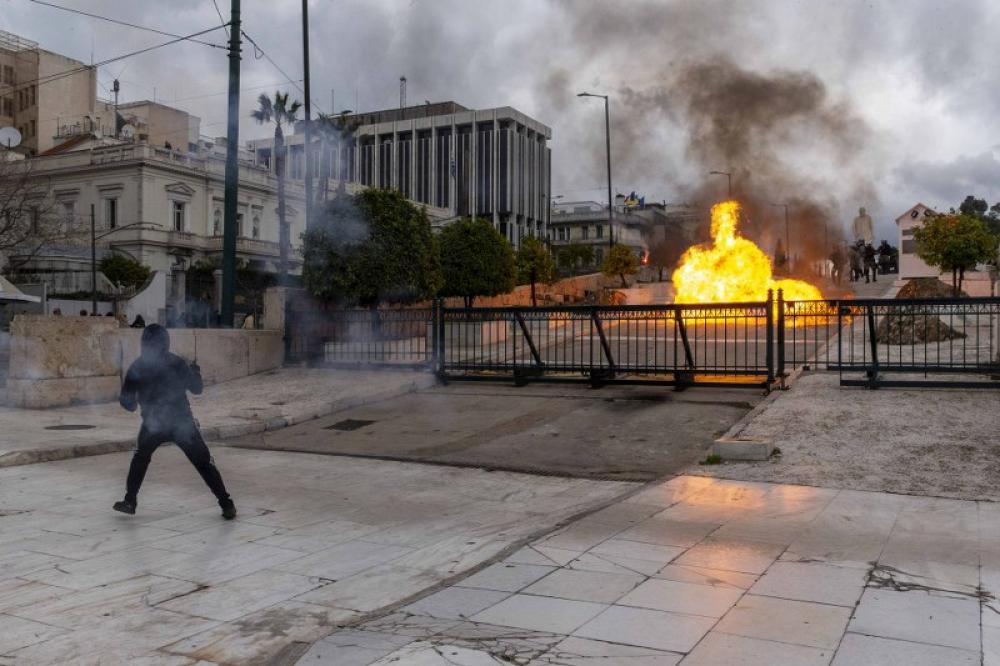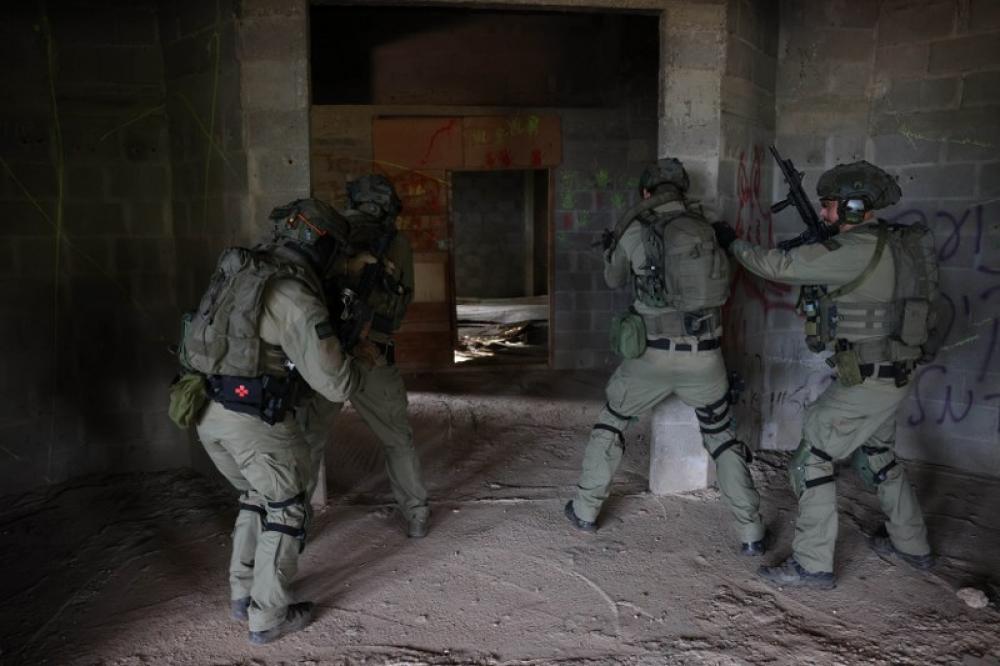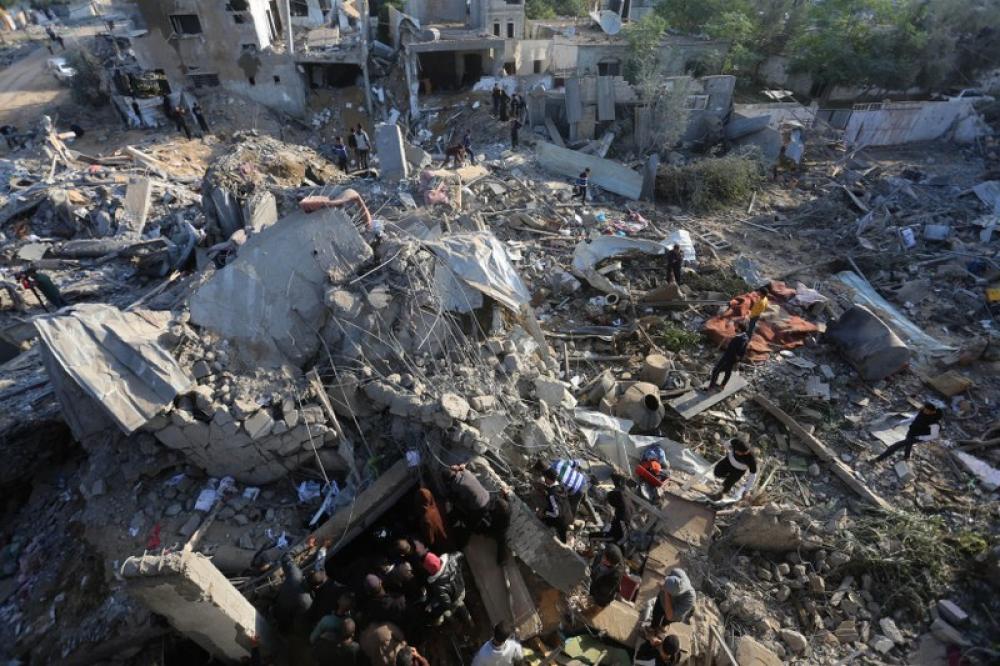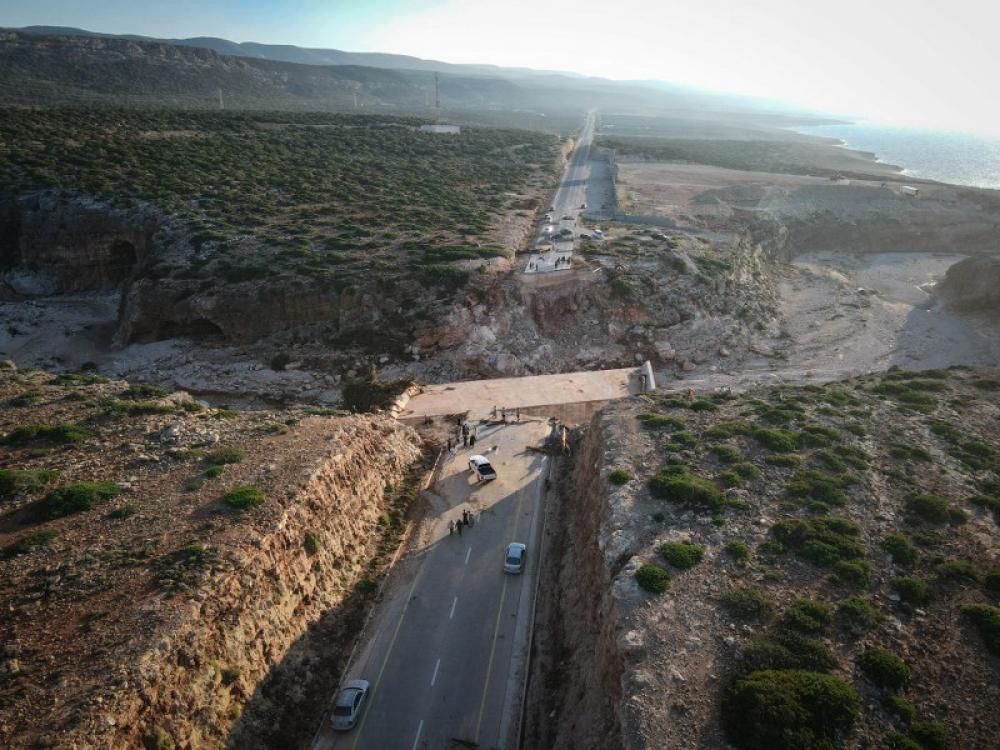Just Earth News | @justearthnews | 23 Sep 2024, 02:54 pm Print
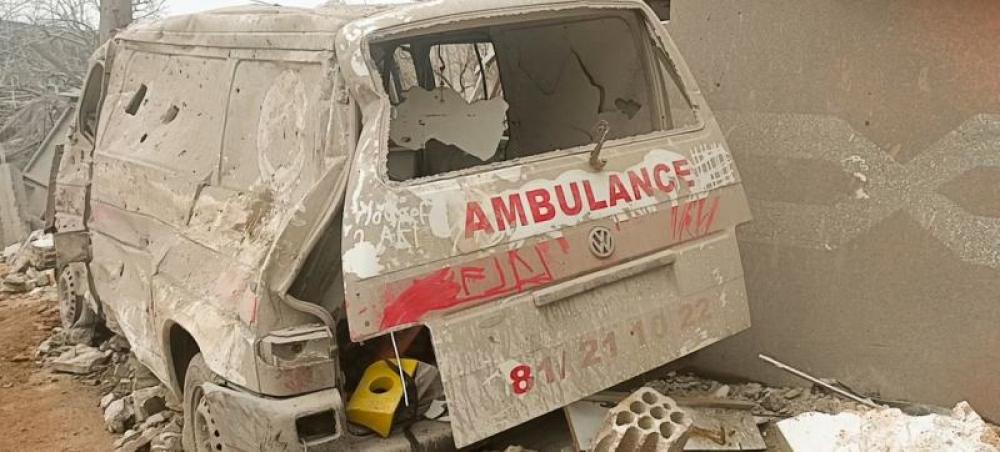 Lebanon
Lebanon Strikes in Hebbariyeh village in southern Lebanon come amid intensifying exchanges of fire either side of the Blue Line separating Israel and Lebanon.Photo Courtesy: OCHA/Lebanon
Lebanese Health Ministry has said at least 356 people died following Israel's strike on Lebanon, media reports said.
Lebanese Health Ministry has said at least 356 people died following Israel's strike on Lebanon, media reports said.
This includes 24 children and 42 women, the ministry said in a statement on Monday as quoted by CNN regarding the ongoing strikes in southern Lebanon, Bekaa and Ballbek.
The ministry said at least 1,246 people had been injured in the incident.
Tensions continued to ratchet up in the Middle East on Monday with reports of hundreds of retaliatory Israeli strikes on Hezbollah targets in southern Lebanon which have reportedly left nearly 300 dead, and strikes in Gaza including on a refugee camp, UN humanitarians said.
The development comes as the UN's top official in Lebanon Jeanine Hennis-Plasschaert began an official visit to Israel to meet senior government officials, after insisting that “there is no military solution that will make either side safer”.
UN Secretary-General António Guterres said in a statement he was "gravely alarmed by the escalating situation along the Blue Line and the large number of civilian casualties, including children and women, being reported by the Lebanese authorities".
Spokesperson Stéphane Dujarric cited thousands more displaced amid the most intense Israeli bombing campaign since October.
"The Secretary-General is also gravely alarmed by the continued strikes by Hizbullah into Israel. He expresses grave concern for the safety of civilians on both sides of the Blue Line, including UN personnel, and strongly condemns the loss of lives."
In Lebanon, it has been reported that people in the south received phone and social media messages on Monday from the Israeli military telling them to keep away from any building or village linked to the militant group Hezbollah.
The armed group reportedly launched some 150 projectiles into northern Israel over the weekend, the latest in a series of Hezbollah attacks that began shortly after war erupted in Gaza, and which have uprooted around 60,000 Israelis to date. In southern Lebanon, some 30,000 people have been displaced from their homes.
UN mission voices 'grave concern' for civilians
The UN mission which patrols the Blue Line separting Lebanon and Israel, UNIFIL, expressed "grave concern for the safety of civilians", amid what has been the deadliest day of violence and bombing by Israel since the October terror attacks sparked the regional crisis.
Lt. Gen. Aroldo Lázaro, Head of Mission and Force Commander of UNIFIL, has contacted both Lebanese and Israeli parties, emphasizing the urgent need for de-escalation. "Efforts are ongoing to reduce tensions and halt the shelling", the mission added.
Any further escalation of this dangerous situation could have far-reaching and devastating consequences, not only for those living on both sides of the Blue Line but also for the broader region.
Attacks on civilians are not only violations of international law but could amount to war crimes, UNIFIL reminded.
"It is essential to fully recommit to the implementation of UN Security Council Resolution 1701, which is now more critical than ever to address the underlying causes of the conflict and ensure lasting stability.”
Amid repeated calls from the international community for regional de-escalation, the Security Council met in emergency session last Friday, following deadly Israeli strikes on the Lebanese capital Beirut and in the south.
The meeting came at the end of a week of increased cross-border fire between Hezbollah and Israeli forces after two days of deadly wireless device explosions targeting the militant group.
Rain adds to humanitarian crisis
In central Gaza, meanwhile, shelters were destroyed in the strike on the camp around Nuseirat,, according to the UN agency for Palestine refugees, UNRWA, while media reports also indicated an uptick in Israeli military activity.
The UN agency also reported that heavy rain and higher tides have overwhelmed makeshift shelters along the shoreline, where the Israeli military has instructed the enclave’s residents to make for, via numerous evacuation orders. Since Hamas-led terror attacks on multiple targets in Israeli on 7 October, 1.9 million Gazans have been displaced, or 90 per cent of the population.
Local authorities have urged people staying in low-lying areas to leave and seek higher ground, while UN aid teams and partners reported that they have not had access or safety guarantees to allow them to bring in sufficient shelter materials to help all those affected by the rains.
In addition to the ongoing deadly threat of war, UNRWA warned that people sheltering in open spaces in Gaza face dire health risks because there is no sewage network or rainwater drainage in place.
The UN agency noted that that reptiles, rodents and insect presented a growing threat of disease and that its teams had already begun spraying pesticides and removing waste to protect families from falling sick.
Power cut
In northern Gaza, meanwhile, UN humanitarians said that the lack of clean water remains a critical concern.
Water, sanitation and hygiene facilities which run on generators powered by fuel transported into the enclave have had to “drastically reduce” their operating hours to prevent total shutdowns, the UN aid coordination office, OCHA, said.
“Humanitarian partners working on the response say it continues to be extremely difficult to get fuel to the north, with deliveries often delayed or rejected at checkpoints by Israeli authorities,” it noted.
In addition to chronic aid access problems, the current water crisis in Gaza has been made worse by damage to water infrastructure, the lack of safety preventing repairs and a lack of spare parts and chlorine.
To help address the emergency, the UN Children’s Fund (UNICEF) said that it is providing 15 litres of water per person each day for nearly 900,000 people, ensuring that part of their water needs are met for three months.
Since October, UNICEF has provided water for more than 1.7 million people in Khan Younis, Rafah and central Gaza, distributing 4.75 million litres of bottled water.
The UN agency has also supported local authorities with more than 3.4 million litres of fuel and more than 40 cubic metres of water treatment chemicals that partially restored water production and distribution from seawater desalination plants.
Four mobile water treatment plants in Khan Younis and Rafah have also been with UNICEF’s support, each capable of producing five cubic metres of water per hour. Tankers then distribute the clean water to displaced Palestinians near their shelters, as fuel for vehicles is difficult to obtain and children are often tasked with walking long distances to collect water for their families.
- Samsung brings AI power to interactive display at Bett 2025
- Moroccan national with US green card accused of stabbing four people in Israel
- Attorney Generals of 22 states sue Donald Trump over his order to block birthright citizenship
- First QUAD Meeting: Leaders commit to strengthening free and open Indo-Pacific, send veiled message to China
- 66 killed as fire engulfs hotel at a ski resort in Turkey


